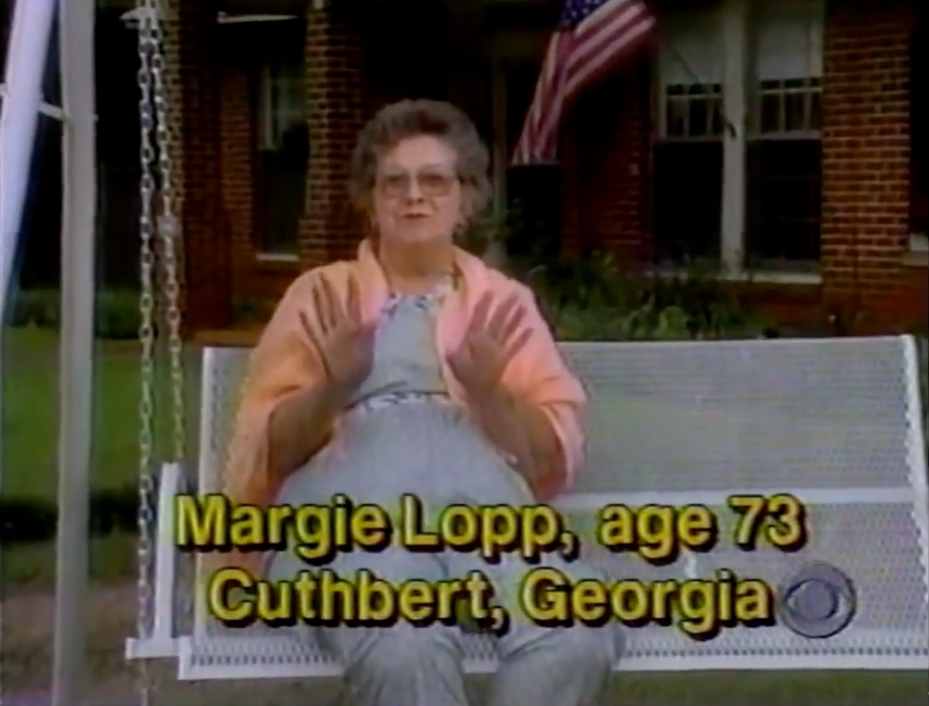In Part 1 of this week’s Digital Trends we cover the history of Vendare, a company that went from tens of millions of dollars annually to breaking one-hundred million dollars four years later. The company grew through smart acquisitions and in large part thanks to a solid technologist and do whatever it takes, operations plus creativity executives. Their story continues with funding, a change in management, and an unanticipated liquidation in top talent. In that respect, the Vendare Media story doesn’t differ too much from that of its new partner, Netblue. Here, in Part 2 we run down the history of what for the most part counts as an equally phenomenal story of growth and success during economically unfavorable times.
Unlike Vendare, Netblue did not begin life as a venture funded company. It began more or less due to the brute force and determination of its founder, Ken Chan, who by 24 had already shown a knack for taking something small and turning it into something big. He used the same gift for making money to raise money, starting Everyone.net, an outsourced email provider, a company that made it possible for sites with an audience to offer email to their users without having to build the infrastructure. As growth slowed due to the market, it made sense for him to find his next vehicle.
That next vehicle for growth had, at its roots, an unexpected source of inspiration…condoms, free condoms to be precise. The founders of what is now FreePay / Gratis Internet created the wacky incentive site that gave away free condoms in exchange for participation in various offers. Ken saw an opportunity to market something other than condoms and other than cash which Netflip offered. Netflip, though, had, at this time in late 2000, started to build MetaReward, mainly to help companies like Gratis have access to offers and tracking. This meant Ken didn’t need to build technology or a sales force to get started.
Netblue, which at that time went by YFDirect, decided to promote DVDs. The initial idea consisted of offering a free* Girls Gone Wild DVD, but after speaking to Adteractive, who like MetaReward had begun focusing on a means to supply incentive sites with offers, the focus shifted towards more main stream titles. In addition to Adteractive, Ken also spoke to Scott Rewick, the VP of Business Development at Netflip and man that drove the growth of their MetaReward platform. Scott, who knew today’s incentive powerhouses before they turned pro, reiterated the advice given to Ken from Adteractive regarding promoting more advertiser friendly content. Their initial meeting left with Ken promising to become Scott’s largest affiliate within six months, never mind that he didn’t really have any business.
Six months after Ken and Scott met, Ken came close to his word and Scott decided to join Ken and YFDirect. Working alongside three others plus Ken out of his condo, Scott set about to help YFDirect capture more distribution. The company had begun primarily through Commission Junction, offering to pay affiliates $15 per shipped DVD. It seemed fair, but given that a decent amount of people who qualify for the DVD do not go through with redemption, it meant YFDirect would make more than $4 profit. The first major breakthrough came when the company started, not too dissimilar from Vendare, to take a more user acquisition approach, focusing on email address first. Historically, the company took visitors to the DVD selection page. This change had them take users to an email submit page showcasing one DVD and then to the offers page for redemption.
One of their first major increases in volume came through a deal they had with Adteractive. I remember running across this in 2002 when I couldn’t understand how a direct deal would pay less than running the offer through Adteractive. The two companies, it turned out, were early adopters of reciprocity. Adteractive would take no margin on the YFDirect offers in exchange for exclusivity on the backend. This meant that if a user clicked on an ad supplied to a publisher by Adteractive, when they reached the page to complete an offer in order to get their DVD, those backend offers contained only Adteractve’s.
Their deal with Adteractive allowed them to focus more heavily on the front-end, building more compelling offers and on modeling out fulfillment. People semi-joke about the breakage in rebate businesses, and the incentive business mirrors the offline rebate redemption closely. A healthy percentage of people that could claim the rebate simply don’t. They have the initial enthusiasm but not the follow through. The team and YFDirect explored this behavior to match what certain offline redemption fulfillment houses saw with respect to the metrics.
Having grown in 2001 and early 2002 through email distribution, YFDirect turned their attention to the web. They willingly stepped in to fill the inventory void left by the departure of the brand advertisers. They came to Advertising.com during this time, and worked their way up to becoming one of its largest clients, all while paying on a CPA basis. The DVD business worked, but YFDirect began branching out and launched YourGiftCards.com in addition to YourFreeDVDs. The gift cards resonated with consumers, prior to being almost beaten to death by the other marketers.
By the end of 2002, the company earned more from gift cards than it did from DVD marketing. A strategy started to come together especially after they figured out how to go more upscale in the value of the product, beginning with a DVD player. Apex, the famous importer of inexpensive DVD players had the perfect product for YFDirect to figure out the model. They did it by focusing on a single high bounty vertical, credit card offers, for fulfillment. By this time, some of the other powerhouses were charging hard, including TheUseful. Feeling the competition in the email and ad network space, YFDirect set their sites on something others did not, cracking the MSN nut.
YFDirect spent quite a bit of money learning how to properly arbitrage CPM display ad buys, but when they did, they took advantage and grew rapidly. From end of year 2003 to end of year 2005, they had tripled revenue. Similar to Vendare though, the company made a change towards the end of 2004, which had a major impact. They decided to take in $20 million in funding from Oak Investment Partners. It seemed a reasonable choice given the level of interest and that the company didn’t really need the money. That event though fundamentally altered the DNA of the company.
Before the investment, YFDirect, now Netblue, had a heavy focus on product, on staying competitive, and growing the arbitrage business. After, it focused more internally on building out its management team and putting in place process that might seem attractive to an acquirer or in a public offering. The changes did not, though, enable quick decisive movement, a hallmark of the company’s growth. It became a different company than before, and in another parallel to Vendare, two of the senior contributors of the growth, departed. Again, like Vendare, their departure left a wake which included a number of their talent to leave as well.
While of different roots, Vendare and Netblue have an overlap in their story. They both scaled well in difficult times, and realized that growth in large part due to several key players that acted like the glue for the much larger organization. Each had a rhythm that became disrupted around the same time. The disruption came upon inserting, perhaps too early, the desire for a mature process when the businesses had not reached maturity. Like dealing with a teenager, these still young companies could not adjust and adopt the parental guidance, ultimately rebelling. The rebellion though left each in need of the others’ strength. In Netblue, Vendare finds a solid technological infrastructure and senior leadership to fill the gaps and Netblue a bigger sandbox in which to play. Many of the superstars have left, but in a way the larger, skeleton business makes the right environment for the more standard, dare I say mature, leadership.



